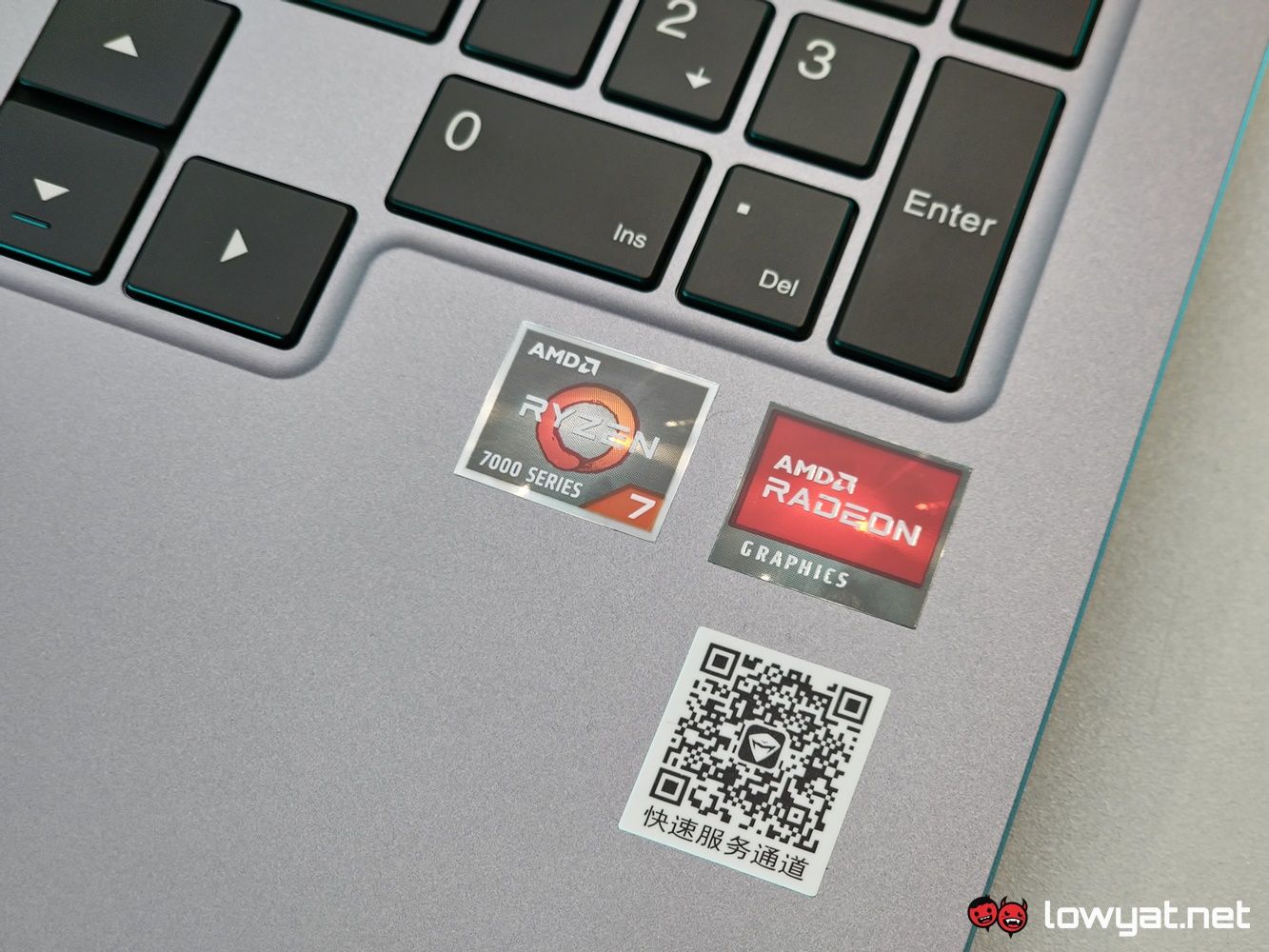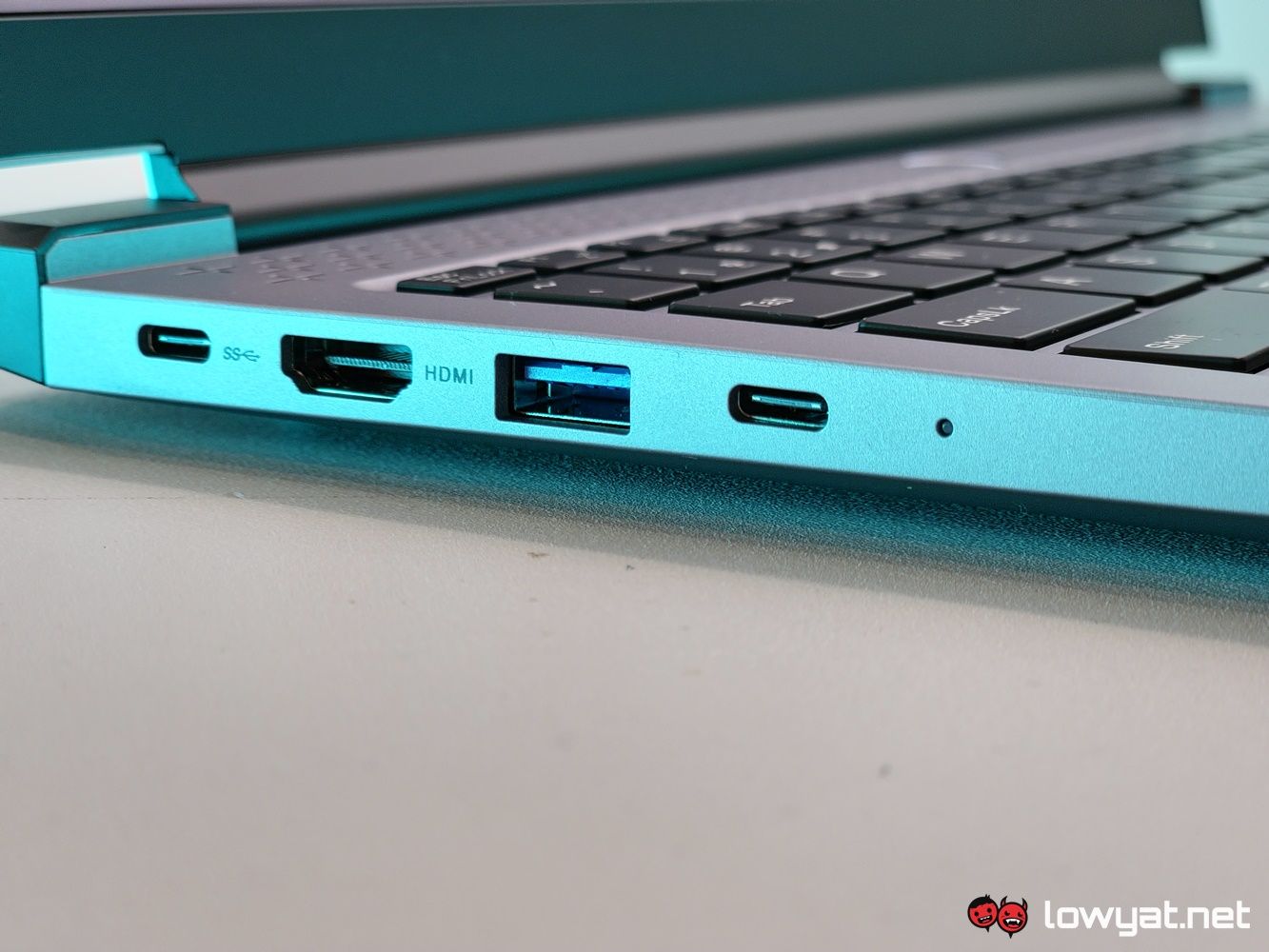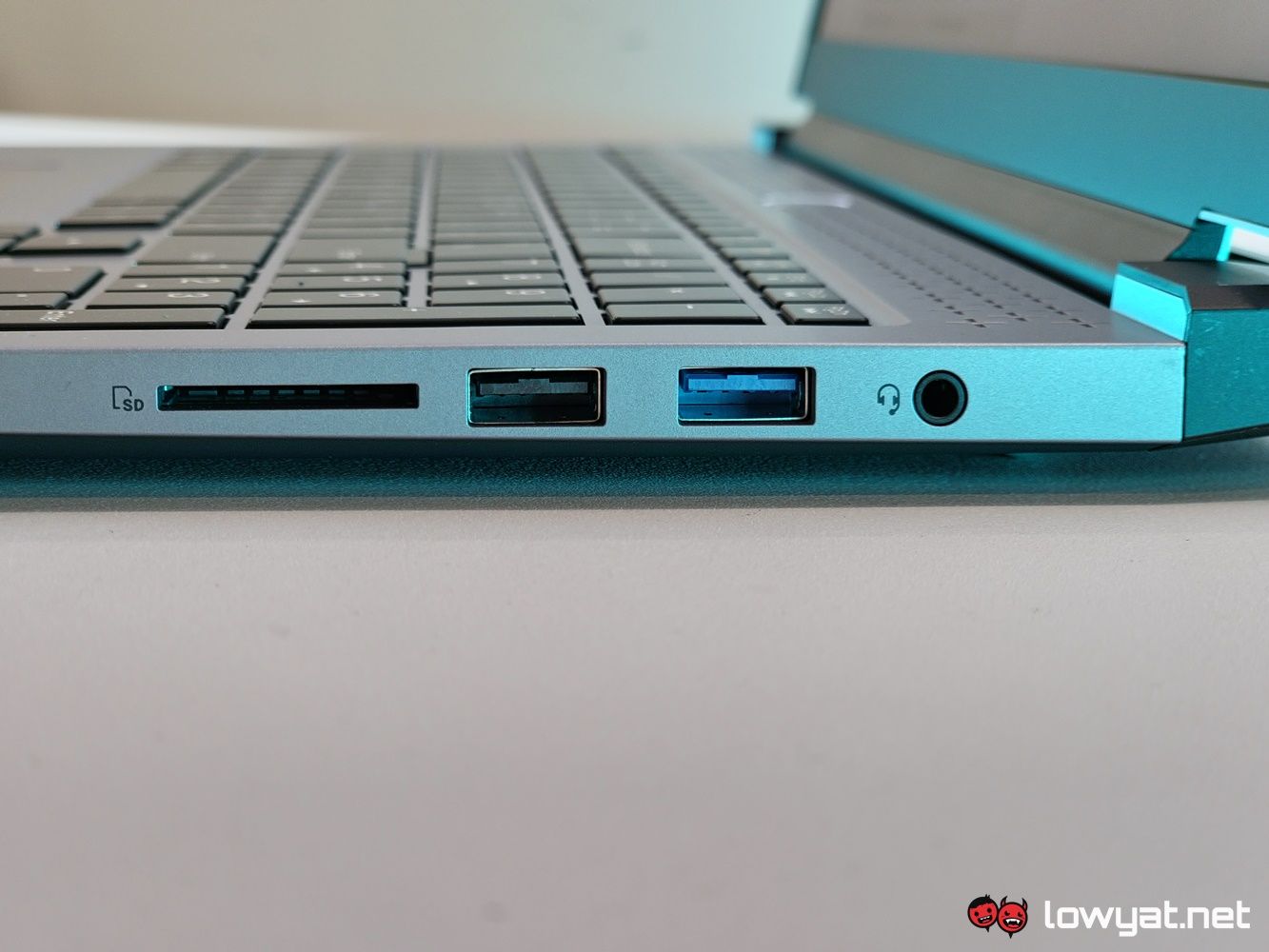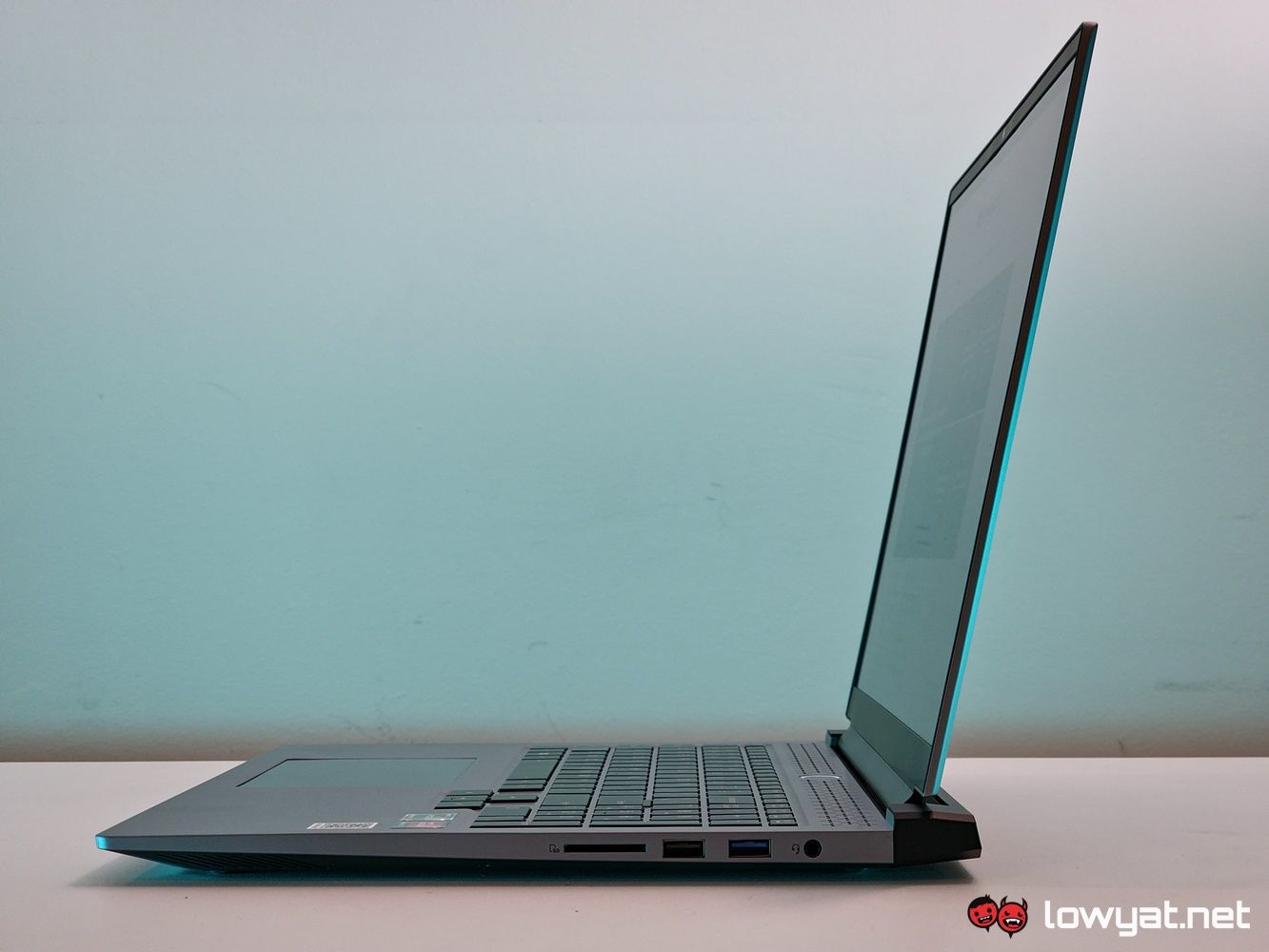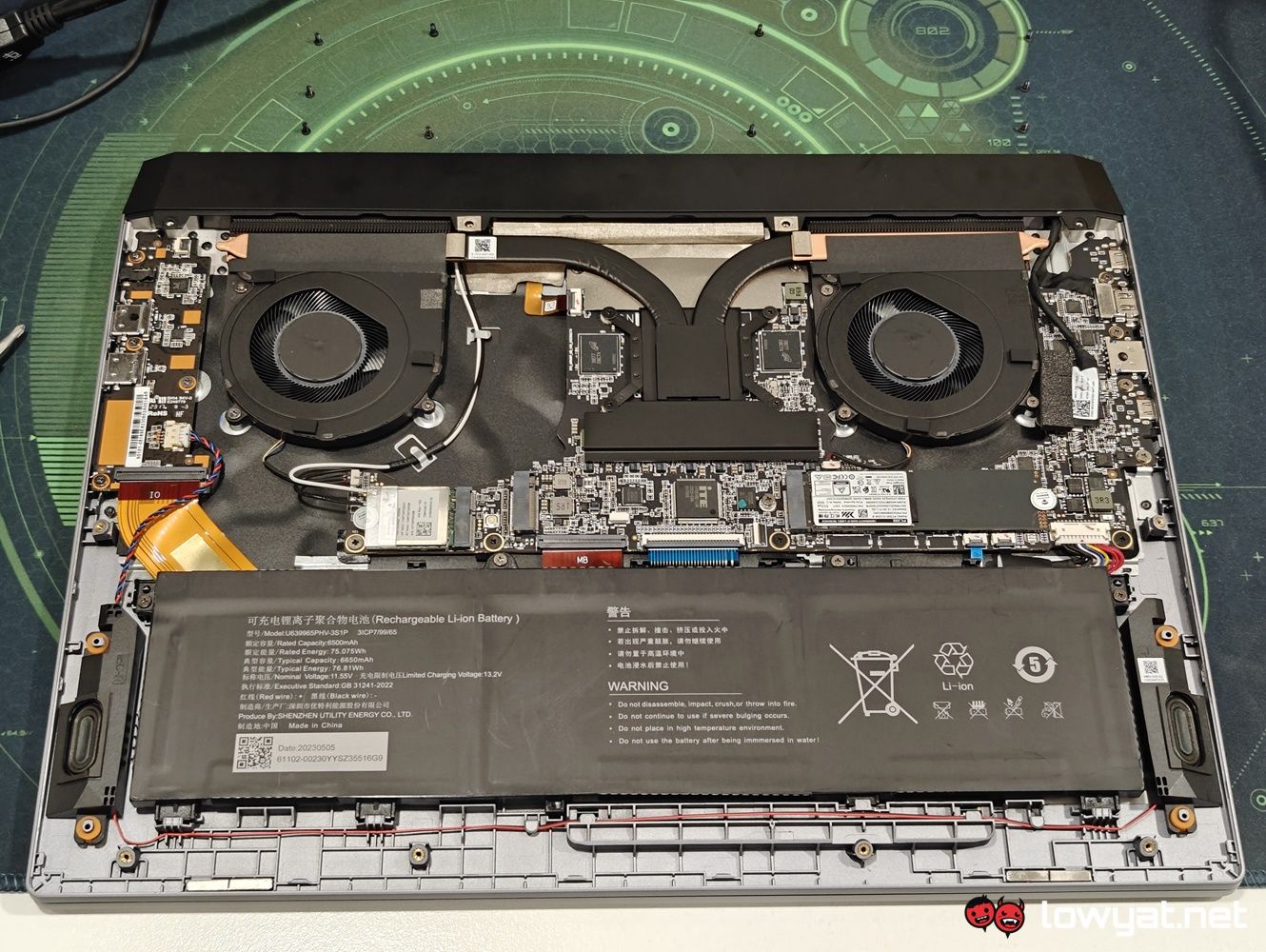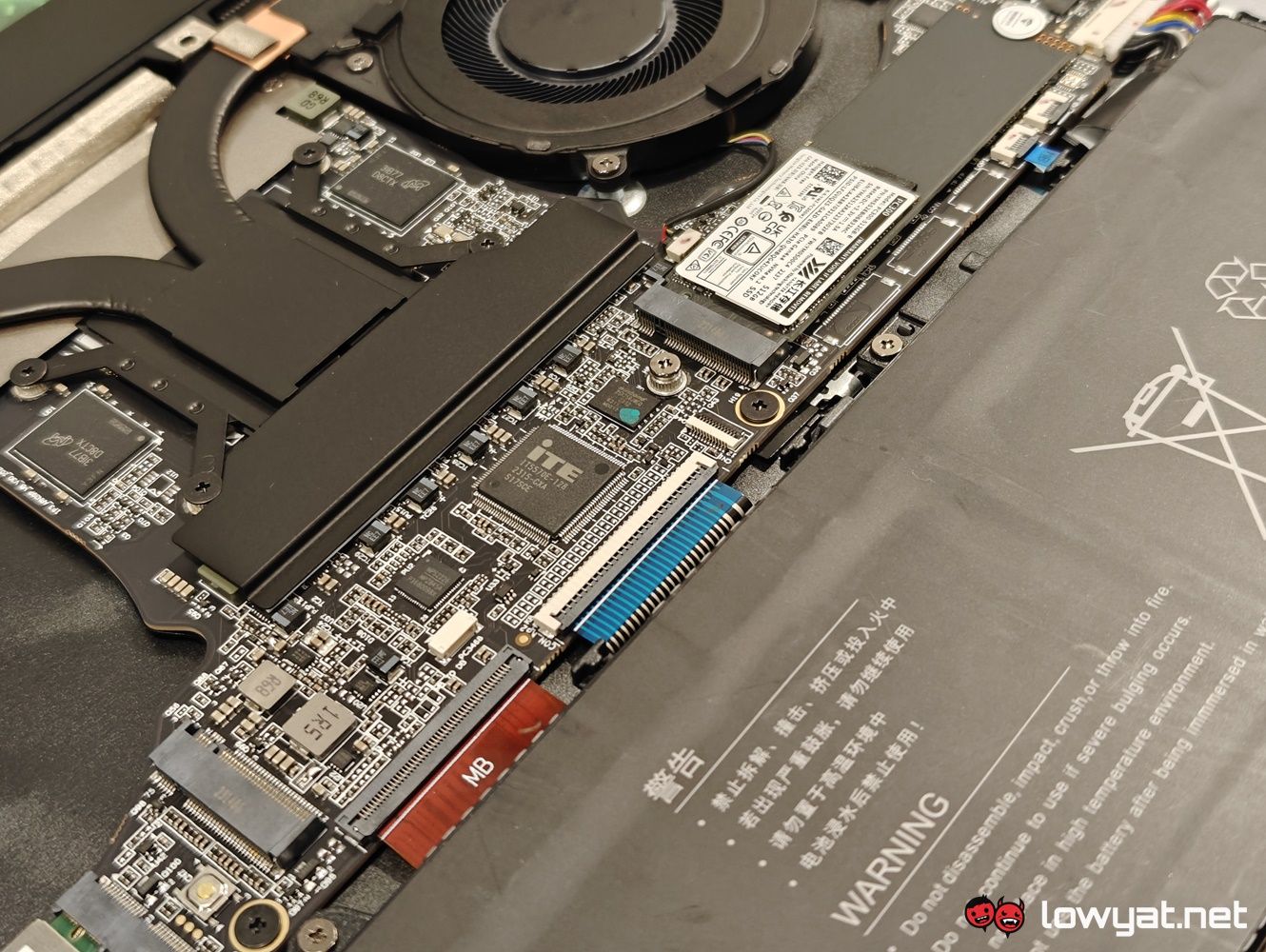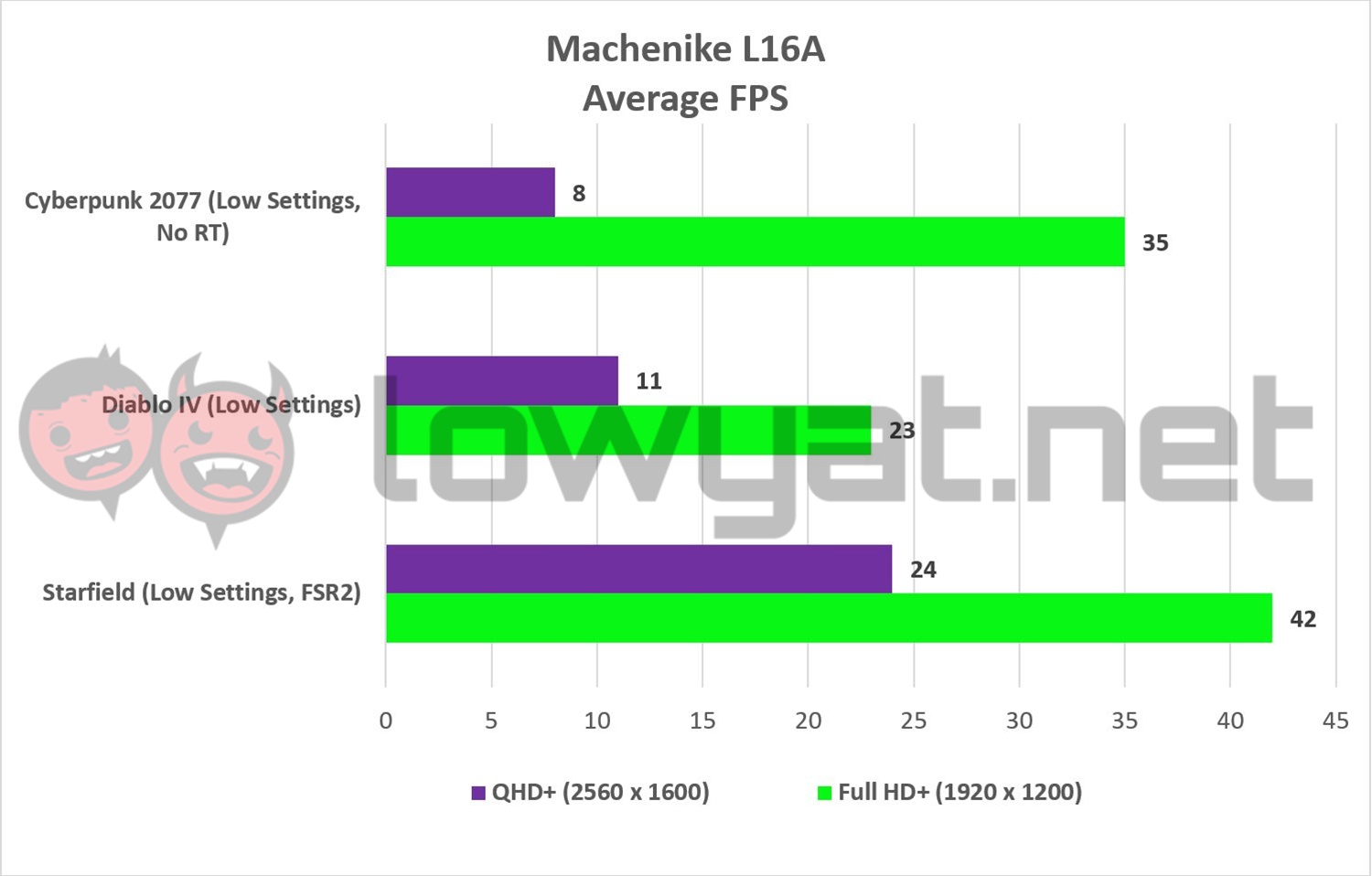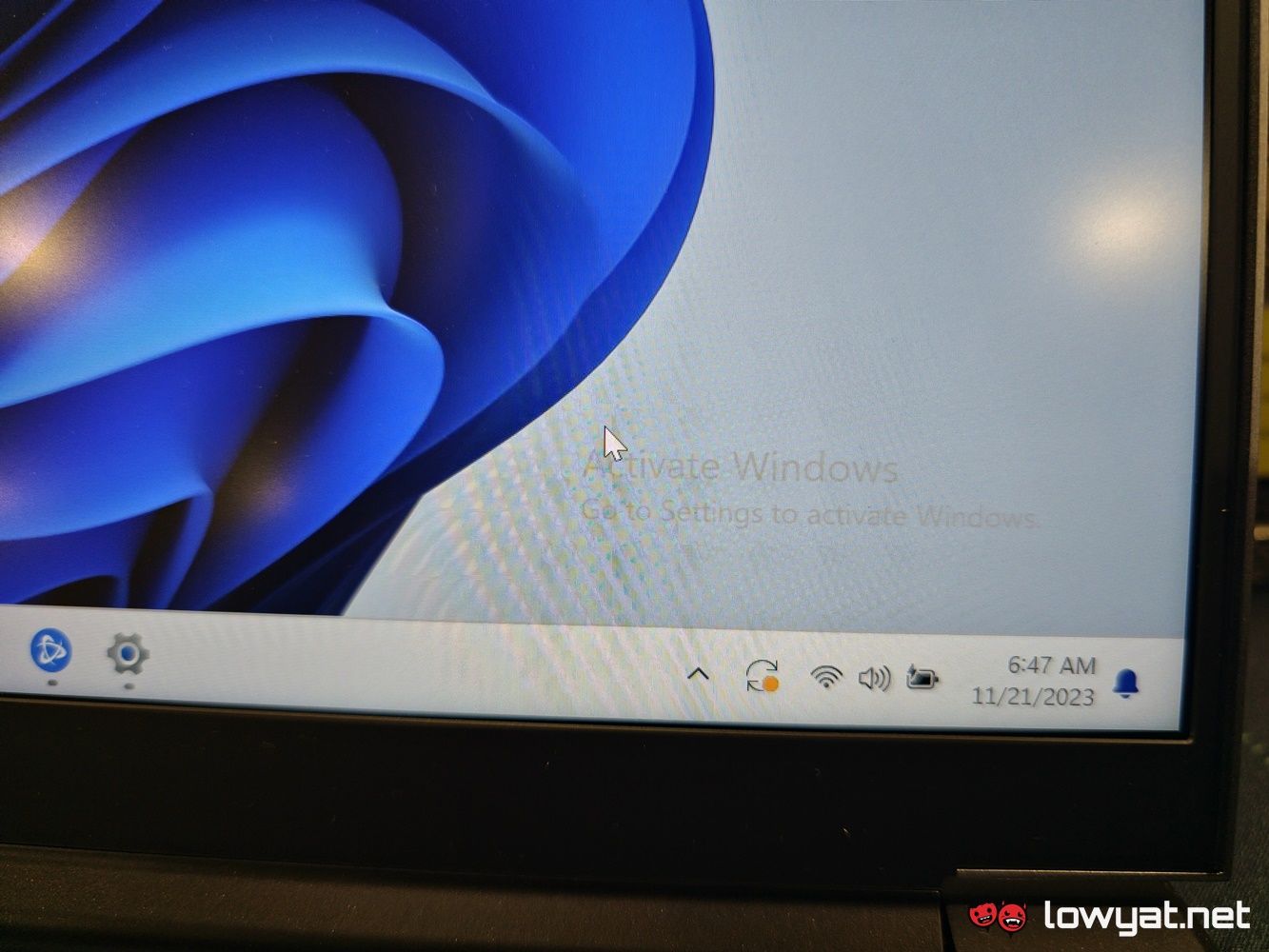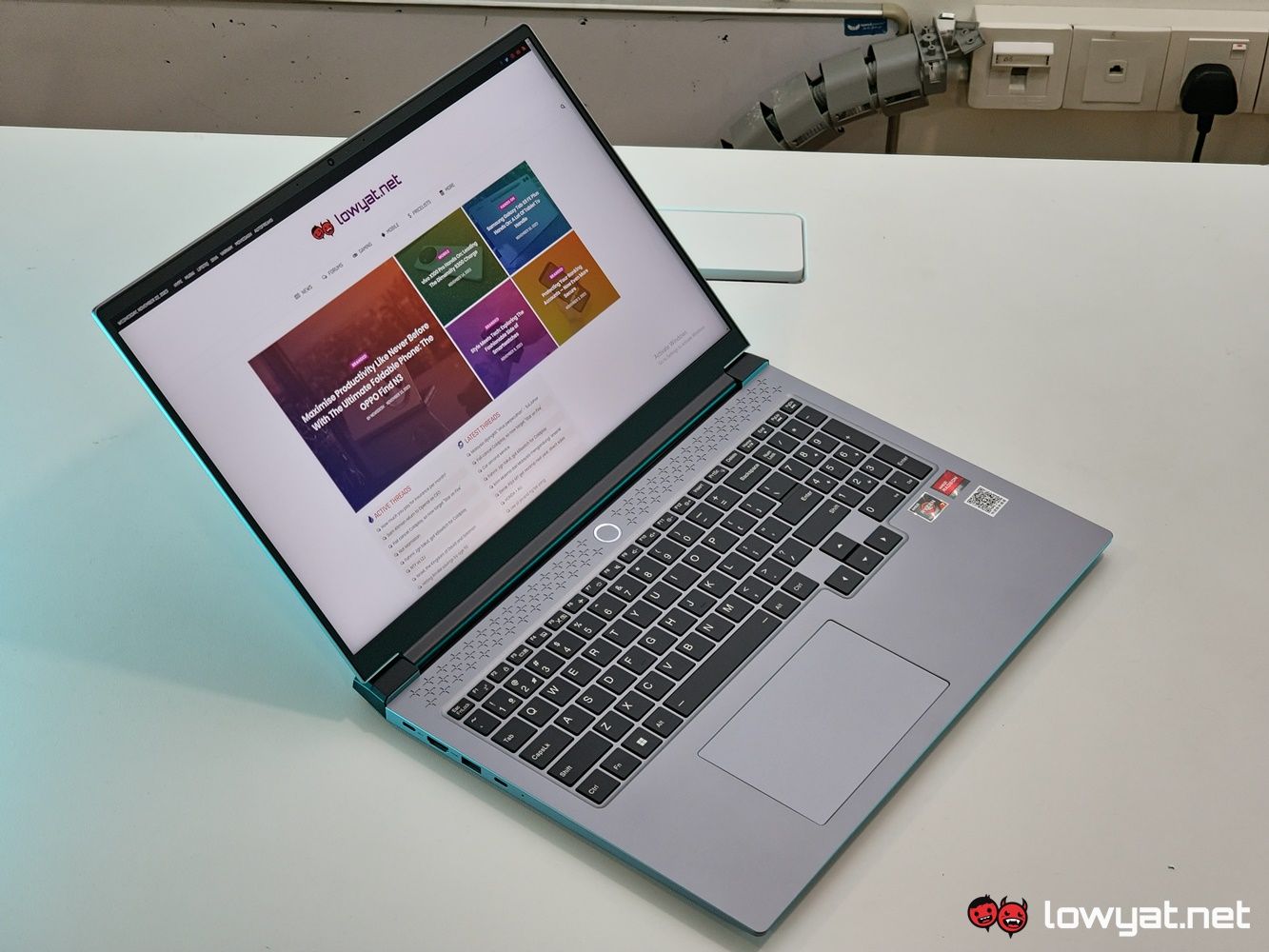If you’re a gamer and you’ve never heard of the laptop brand Machenike, fret not: neither had we, up until one of our salesperson decided to drop one of its laptops, the L16A, into our laps. A subsidiary of the Haier group – yes, that Haier – the brand apparently manufactures gaming laptops en masse, with its target audience primarily being “Esports players”, and this laptop is supposed to meet that requirement.
While a quick poke and prod into the brand’s main site yielded some results, the L16A strangely finds itself between a rock and a hard place, at least by its designation.
What Is It?
It’s thin and, dare I say it, super light, especially in comparison to the other 16-inch thin-and-light gaming laptops that I’ve handled in the past. Internally, the specs of this L16A is mildly impressive: there’s an AMD Ryzen 7 7735H nestled inside, along with 16GB of DDR5 RAM running at 6,400MT/s. For graphics, that’s handled by the onboard Radeon 680M.
On a sidebar, the default internal storage for the L16A is listed as 1TB PCIe 4.0 but the unit we were given on comes with half that. That said, there is a secondary M.2 slot for expansion.
On top of that, there’s also a sizable 75WHr battery that powers all the components and the onboard display. Speaking of, the L16A features a 16-inch QHD+ display with a 120Hz refresh rate, and can even boast a 100% sRGB.
On the outside, the L16A also comes with a healthy number of ports, including two USB-C that supports 100W charging and 10 Gbps bandwidth, and HDMI 2.1 port, two USB-A 3.2 ports, a standard USB-A 3.0 port, a full-sized SDCard reader, and a 2-in-1 audio jack combo.
What’s Good About It?
The brand’s claim of a 14 hour average battery life is not quite as accurate, but still equally as impressive. At its default resolution, the brightness set at 50%, and battery saver on, using this laptop as my daily driver yields between 11 and 12 hours.
As a day-to-day workhorse, the L16A is practically perfect: I can check my emails, do a little bit of work, watch the odd video now and then while camped out at a cafe, and I’ll still have plenty of battery leftover for the next day, before I have to charge it.
On that note, Charging the L16A is kept simple with a USB-C port, in which the laptop and chipset are charged via the provided 100W adapter but that being said, I can confirm that any 100W charging adapter can be used, so long as it meets that power delivery. What is amazing is the Ryzen 7 7735H APU and the Radeon 680M inside of it. Sure, the laptop is technically designed for Esports but even with other more demanding titles, it is still a little surprising to see it hold its composure with other, more demanding titles, and the higher-than-average memory frequency actually helps. Emphasis on “little surprising”, which I’ll get into later.
Credit where it is due, the L16A sounds, looks, and feels solid. There is no bowing in the base whenever I press down on the sides and in the middle, and the display gives minimal amount of flexing. You get a full-sized keyboard with the L16A and for me, that means a period of adjustment with it, given how used I am to a tenkeyless keyboard format.
Because the L16A is based around the all-encompassing Ryzen 7000 Series mobile APU, the onboard fans do not actually have to work so hard. As such, I’m not subjected to the typical jet-engine treatment that has practically become synonymous with gaming laptops. But that’s just it: without that one element, it’s difficult to classify this machine with the “gaming” moniker.
What’s The Catch?
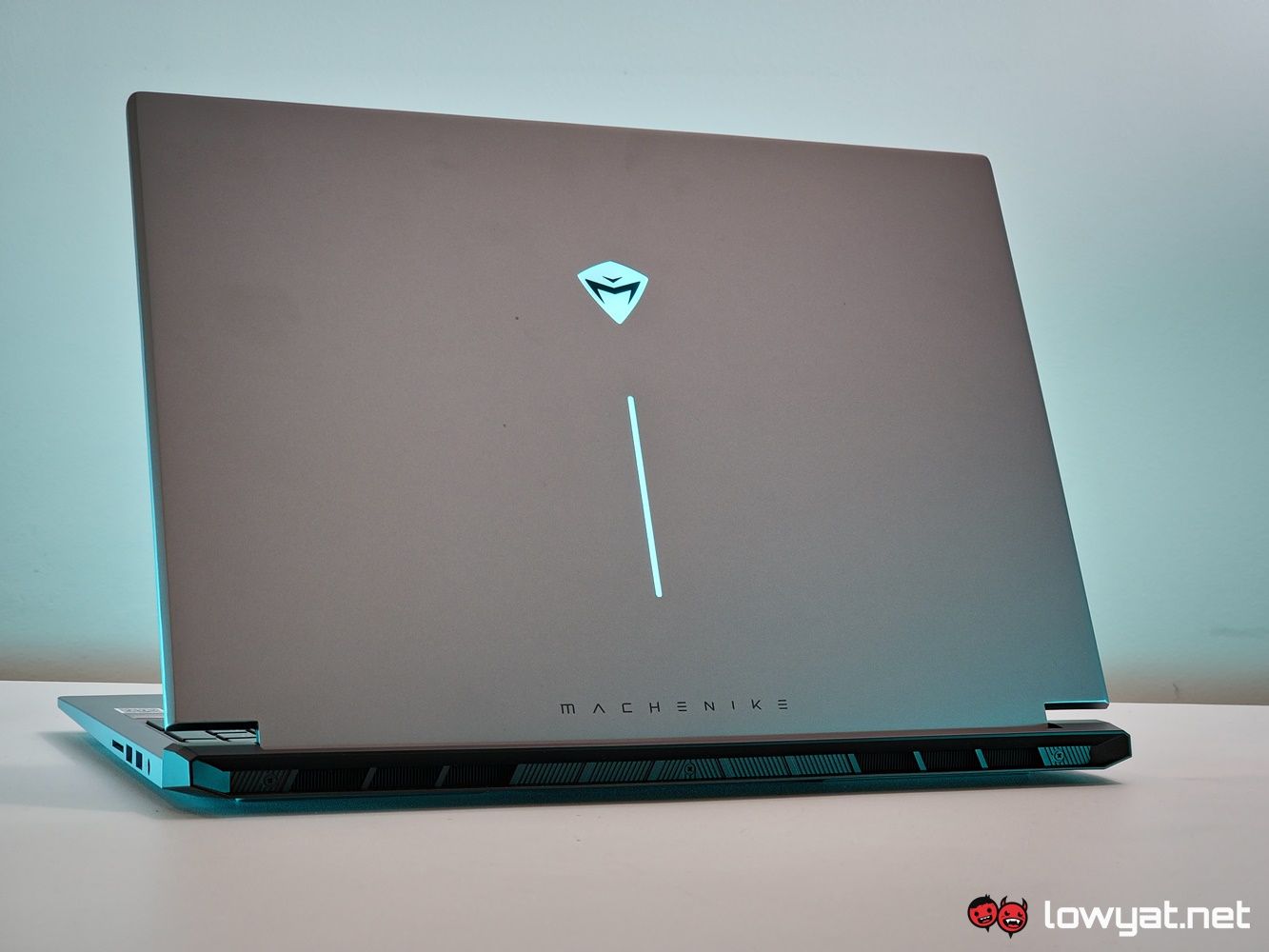
I can’t believe I actually have to say this here but you can’t market off a laptop as “gaming” if the machine is lacking the one component that defines it: a dedicated discrete GPU. It’s a simple concept and yet, it’s a point that seems to have eluded the engineers working at Machenike, and even the brand’s own marketing team.
That isn’t to say the L16A cannot be used for gaming. The onboard Radeon 680M integrated graphics is still serviceable that I can play AAA titles such as Cyberpunk 2077 at Low settings, but not at the QHD+ resolution of the display. I have to dumb down the resolution to FHD+, set AMD’s FSR 2.1 to Performance mode and even then, this laptop will only barely manage to eke out an average of 30 fps.
With games like Diablo IV, the L16A painfully chugs along at that same FHD+ resolution, capable of delivering an average of 25 fps at most, and that’s with all the settings set at low. Again, that sounds impressive but that’s not the laptop doing the flexing, it’s the processor.
On top of that, the L16A is as barebones as it gets and by that, I mean that is no prompt or UI indicators to tell when you’ve disabled the trackpad or locked the function keys in place. Even worse, at a starting price of RM3,199, Machenike doesn’t even appear to provide an activated version of Windows 11 as part of the package. At least, this unit doesn’t seem to have it. (Update: turns out that the unit Machenike sent over was just an oversight. The brand reached out and provided a Windows activation key and told us that all its laptops ship out with the OS fully activated.)
Should I Buy It?
As a practical daily driver, the L16A proves itself to be perfect for the more mundane tasks of the road warrior and for that express purpose, I would recommend that it be thrown into the pile of consideration of laptops with long battery legs. On that end, I cannot fault this machine.
However, if gaming on a chipset with an integrated GPU is all that you solely want to do, I’ve got news for you: you’re better off getting gaming handhelds such as the Steam Deck, ROG Ally, or even the newly launched Legion Go. Some light gaming is clearly possible with this machine but at the risk of repeating myself, let me be clear: If you’re not going to put a dedicated GPU inside, I don’t think you should even try to pass it off as a gaming laptop, even if the integrated graphics is more than capable.


